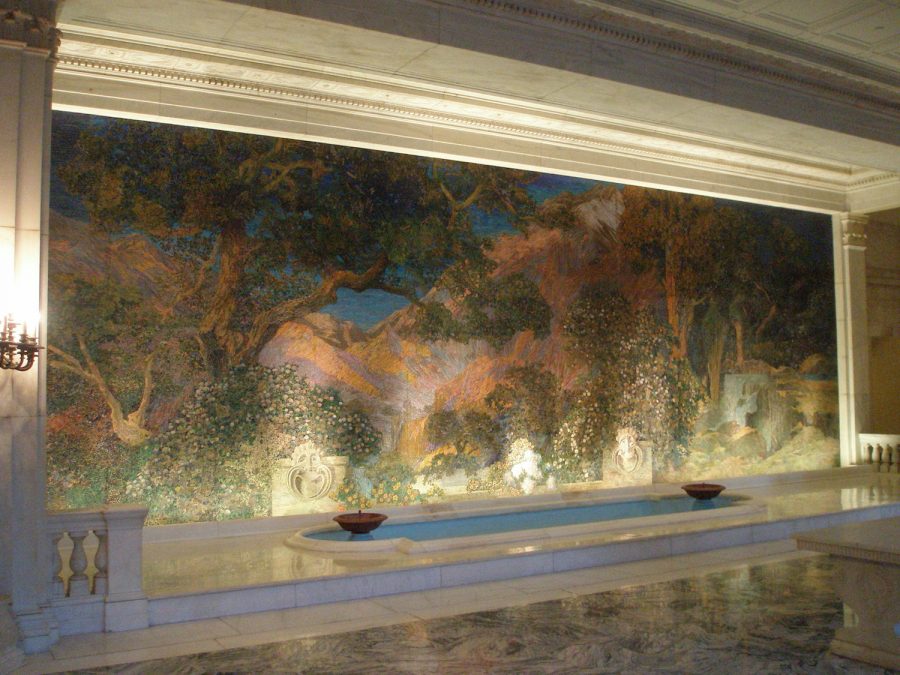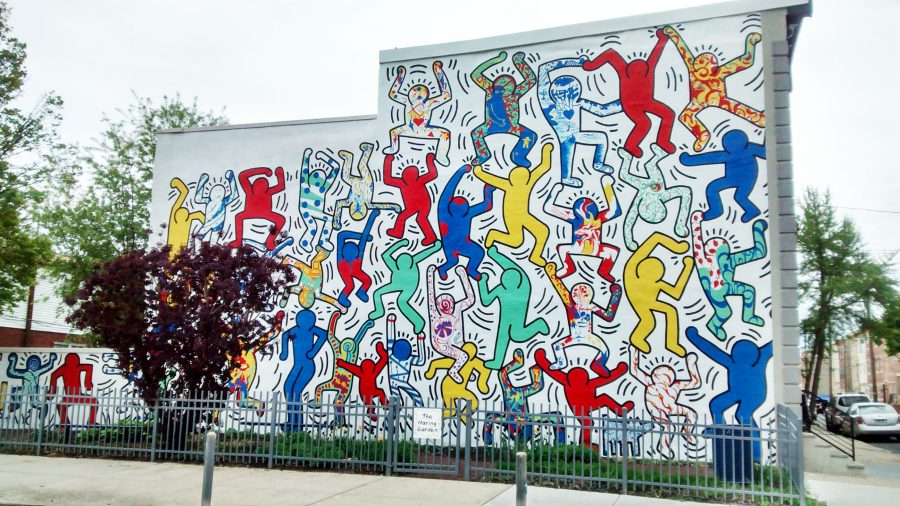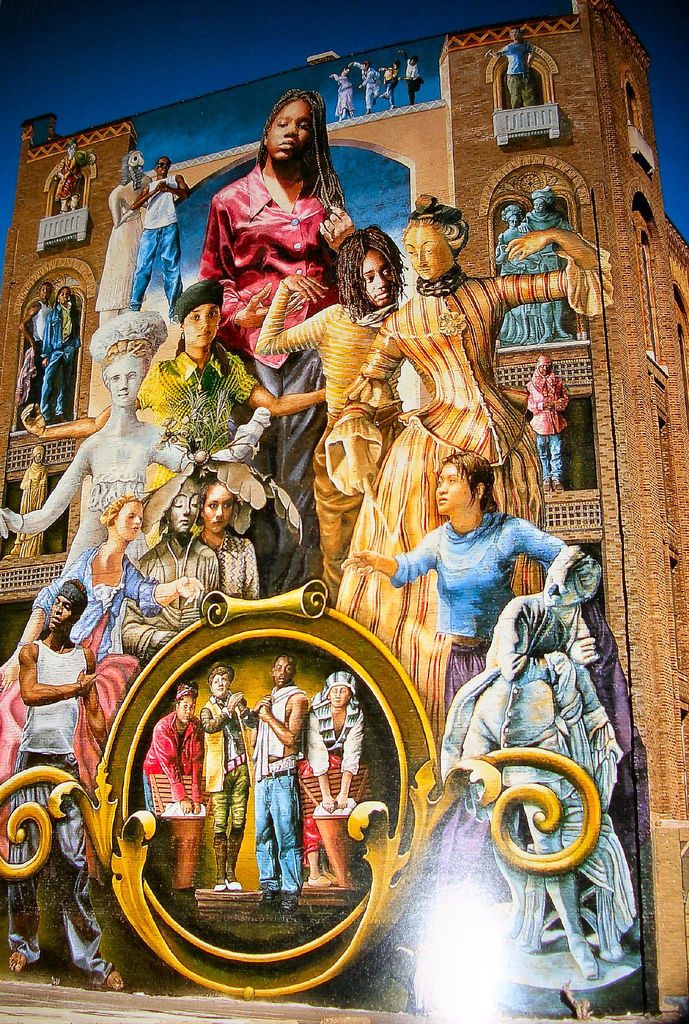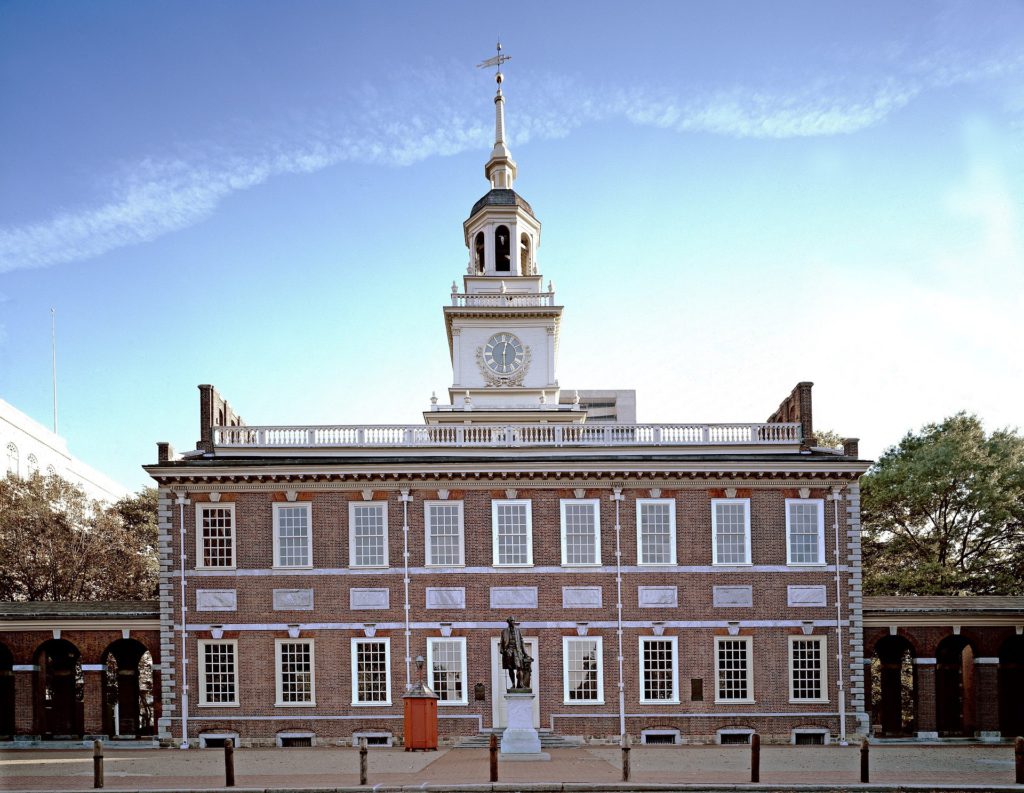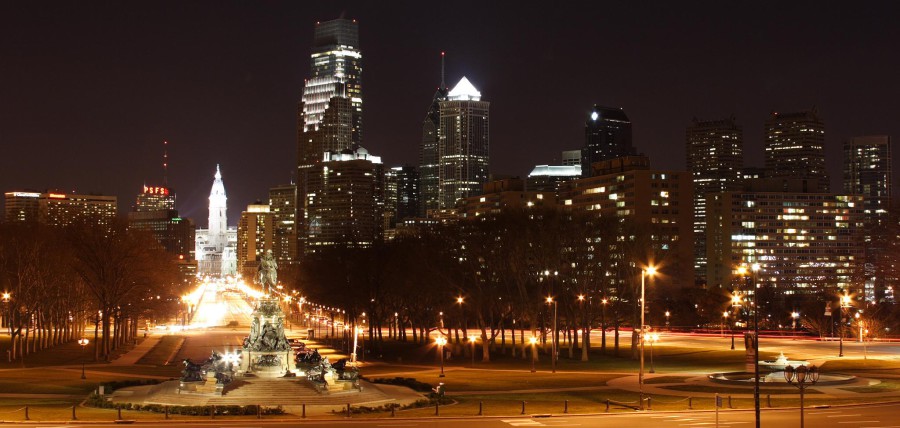When it comes to sightseeing, visitors and locals alike focus mainly on the world-class museums and historical sites that were the foundation of the country. While you should absolutely visit those locations, here are some off-the-beaten path places to check out. Even some lifetime residents won’t know about all of these spots!
1. Mütter Museum
Okay, so the Mütter Museum isn’t very hidden, but it is super unique. Surgeon Thomas Dent Mütter, MD donated his lifetime collection of 1,700 objects and some money to the College of Physicians of Philadelphia in 1858 under the promise that the college would hire a curator and maintain the collections as well as continue to expand it. Mütter’s collection was medical in nature, containing anatomical specimens, models, medical instruments, and more. Here you can find slides with sections of Albert Einstien’s brain, a collection of skulls used in the study of cranial anatomy, a plaster cast as well as the actual livers of famous conjoined-twin circus performers, Chang and Eng Bunker, and a “Mega Colon”, as well as a chest of drawers full of objects accidentally swallowed by patients and removed by a doctor.
2. Insectarium
Not everyone knows that Philadelphia is home of the largest insect museum in the country. There’s interactive displays, live and mounted bugs, a “petting corner” and lots more to see here!
3. Philadelphia’s Magic Garden
More a giant, immersive, outdoor art installation than a garden, this place is truly magic nonetheless. There is a museum dedicated to the artist, Isaiah Zagar, as well as the garden itself, spanning half a city block and containing multiple levels, everything you can see in the magic garden is covered in mosaic, folk art, glass bottles, sparkling mirrors, handmade pottery tiles, stories, and more.
4. Giant Wooden Slide
There is a giant wooden slide (39’ long and 13’ wide) in East Fairmount Park. The Giant Wooden Slide was added to the Smith Playground in 1905. The Smith playground there has a playhouse and other activities for families, but the slide is unique and fun for everyone.
(And while you’re in Fairmount Park, visit the Cave of Kelpius, believed to be the 17th century home of America’s first cult of mystics to predict the imminent apocalypse. From Philadelphia, take Ridge Avenue to the beginning of the Wissahickon Bike Trail, and turn right onto the trail. Follow the trail into the woods (by foot or bike), alongside Lincoln Drive for almost a mile, then turn left. From there, just keep an eye out. It’s not easy to get to. Most people find it by accident. Fortunately, the Wissahickon is wonderful to explore, with the Toleration and Indian statues, and the Devil’s Pool.)
5. Edgar Allen Poe Site
He was known for living in Baltimore, but he did important work in Philadelphia. You can visit the site and learn about one of the most important figures in American literature. You will marvel at what an amazing life he had, and you can see some of the things that cast a shadow on his output as a writer. And after than, make sure you take a side trip to the Rare Book Department of the Philadelphia Free Library to meet Grip The Raven! Once Charles Dickens’ pet raven, Dickens had it professionally taxidermied and mounted when it died. This raven is the inspiration for Edgar Allen Poe’s famously intense poem.
6. The Moon Tree
Washington Square Park, and it’s Tomb of the Unknown Revolutionary War Soldier, are hardly a hidden gem. But most visitors don’t know they’re standing just a few yards away from a moon tree! Seeds were sent into space on the Apollo 14 Moon mission by the Forestry Service, and when they came back to Earth, the seedlings that grew were spread around the world, from the White House to Brazil to being given to the Emperor of Japan. Check out the one that landed in Philadelphia!
7. Tiffany Glass Mural
Dream Garden, a 15′ x 49′ masterpiece mural created by the Tiffany studios, is made of over 100,000 pieces of favrile glass in more than 260 individual shades, and is a really stunning work of color and light. Displayed since 1916 in what is now the Curtis Center, it is one of the largest Tiffany glass installations in the world.
8. Masonic Temple
The Masonic Temple is a place you need to see to believe. By turns gaudy and beautiful, made in a variety of architectural styles, this is one of the most elaborate Masonic buildings in the country both in architecture and in interior decor, the Temple also houses a museum containing items like George Washington’s Masonic apron and Ben Franklin’s Masonic sash.
9. Rosenbach Library
The Rosenbach Branch of the Free Library is the best one in the city. You could spend hours in its shelves wondering what hidden gems you will find next. It has one of the most incredible rare book and manuscript collections in the world. From Thomas Jefferon’s inventory of his slaves, or a first edition of Dox Quixote, to notes and outlines for Dracula penned by Bram Stoker, to a hundred personal letters of George Washington, this place has an incredible cross-section of history.
10. The Chemical Heritage Foundation
The Chemical Heritage Museum has a great museum, chronicling the history of science and technological achievements, but their First Friday events are the real gems. (I.E. events like: Writing & Reading Alchemy at the Chemical Heritage Foundation, Extreme Art Makeover, Make Your Own Book Of Secrets, and Cheese, Chocolate, and Fermentation.)

